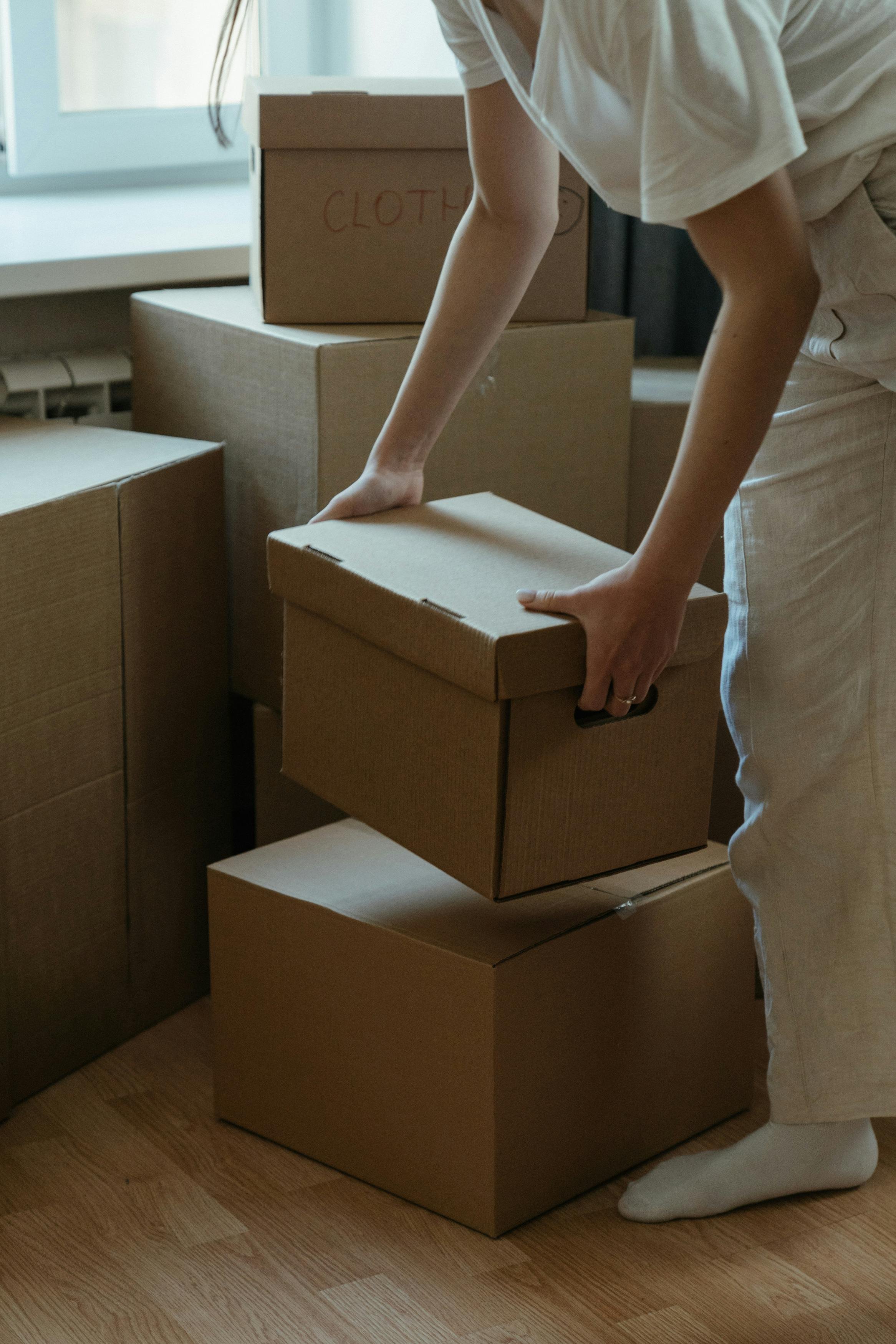Expert Packing Tips to Make Your Long-Distance Move a Breeze
Simplify your long-distance move with expert packing tips. Learn how to organize, protect belongings, and ensure a smooth, stress-free relocation experience.
Moving across the country can be an exciting new chapter in life, but it can also come with challenges, especially when it comes to packing up an entire household.
The key to a smooth, stress-free transition is efficient packing. In this guide, we'll share some expert packing tips to make your long-distance move a breeze.
We'll show you how to pack your house to move, offer valuable tips for long-distance moving, and discuss why hiring a moving company can be your smartest choice.
Start Early and Create a Packing Plan
The first step to making your move more manageable is starting early and creating a packing plan. Moving long distances requires time, and it's best to tackle packing room by room. Begin with items you use infrequently, such as seasonal decorations and clothing, and save daily essentials for last.
To create a packing plan, list each room in your house and prioritize based on usage. This plan will help you stay on track, reduce the last-minute rush, and ensure nothing is overlooked.
Gather High-Quality Packing Supplies
Having the right materials is essential to keeping your belongings safe during a long journey. Gather high-quality packing supplies such as:
Sturdy moving boxes in various sizes
Bubble wrap for fragile items
Packing paper to fill empty spaces
Heavy-duty packing tape
Stretch wrap for protecting furniture
Quality supplies make a significant difference in ensuring your items arrive in excellent condition. Cut costs by asking local stores for used boxes, but always check their condition to avoid weak or damaged materials.
Declutter Before You Pack
One of the most effective packing tips for any move is decluttering before you start. Long-distance moving can be costly, and the fewer items you bring, the more you save on transportation costs.
Sort through your belongings and decide what to keep, donate, or discard. If you haven't used an item in the past year, consider letting it go. Decluttering will not only save space but also make unpacking in your new home much easier.
Pack Room by Room for Efficiency
Packing an entire house can feel overwhelming. To break it down into manageable parts, pack one room at a time. Start by packing the least essential rooms, like guest bedrooms and storage areas, and leave the most used spaces like the kitchen for last.
Label each box with its contents and the room it belongs to. This small step makes unpacking more efficient and saves you the headache of trying to find specific items in a sea of boxes.
Use the Right Packing Techniques for Fragile Items
When packing fragile items such as glassware, mirrors, or electronics, extra care is needed to prevent damage during the move. Wrap each item individually with bubble wrap and secure it with packing tape. Use packing paper to fill any gaps in the box to avoid shifting during transit.
For dishes, stack them vertically in small boxes and place crumpled packing paper between each plate. This method provides better shock absorption, reducing the risk of breakage.
For electronics, use their original packaging whenever possible. If that isn't an option, make sure to use extra padding and mark the boxes as "fragile" so long distance movers in California know to handle them carefully.
Label Boxes and Create an Inventory List
To stay organized throughout your move, label each box clearly with its destination room and a summary of its contents. Additionally, numbering each box and keeping a digital inventory list is an excellent way to track your items.
A simple inventory will help you verify that all boxes have arrived at your new home and quickly identify if anything is missing. Apps like Google Keep or Evernote can help keep your inventory digital and accessible.
Pack Heavy Items in Small Boxes
One of the most crucial packing tips for long-distance moving is to pack heavy items in small boxes. While it may seem like a good idea to put all your books in one large box, this can lead to difficulties in carrying and increase the chance of damage to the box or even injury to those lifting it.
Instead, use smaller boxes for heavier items, and fill any remaining space with lighter belongings like pillows or clothing to balance the weight. This method will keep each box manageable while ensuring maximum space utilization.
Keep Essentials Close
Long-distance moving often means spending multiple days traveling or waiting for your items to arrive. Prepare an essentials box with items you'll need immediately upon arriving at your new home. Consider including:
Toiletries
Essential medications
Snacks and water
A change of clothes
Important documents
Having a few days' worth of essentials at your fingertips will save you the hassle of digging through boxes for necessities.
Disassemble Furniture When Possible
Large furniture items can be challenging to move, especially over long distances. Disassembling furniture such as bed frames, tables, and bookshelves makes them easier to handle, reducing the risk of damage and saving space in the moving truck.
Keep screws, bolts, and small parts in labeled bags and tape them to the corresponding piece of furniture. This small tip will save you time and frustration when reassembling everything at your new home.
Use Linens and Clothing as Packing Material
Instead of purchasing large quantities of bubble wrap and packing paper, use soft items you already have, such as linens, towels, and clothing. These items can provide extra cushioning for fragile items while reducing the amount of packing material you need to buy.
Wrap glasses, vases, and other breakables in T-shirts or towels for added protection. This technique saves money and optimizes space, making your move more efficient.
What It's Like Living in Your New Home
When preparing for a long-distance move, it's essential to research what life will be like in your new city. Moving is more than transporting belongings—it's about starting a new chapter. Take the time to learn about the community, amenities, and activities that await you. Knowing what to expect will make your transition smoother and get you excited about your new environment.
If possible, visit your new neighborhood before moving to explore local stores, restaurants, and recreational areas. By familiarizing yourself with the area, you can make your new house feel like home even before you move in.
Tips for Long-Distance Moving with Kids or Pets
If you're moving with kids or pets, plan accordingly to minimize stress for everyone involved. For young children, prepare a backpack with their favorite toys, snacks, and games to keep them entertained during travel.
For pets, make sure they have a comfortable carrier, and bring along familiar items like bedding or toys. Schedule a visit to the vet before moving to make sure they are ready for travel. Sticking to a routine as much as possible during the move will also help keep everyone calm.
Set Up Your Utilities in Advance
The last thing you want to do after a long move is sit in a dark, unheated house. Before moving day, set up utilities like electricity, gas, water, and internet to ensure they are up and running when you arrive. Contact service providers well in advance to arrange activation and avoid delays.
Stay Flexible and Expect the Unexpected
Long-distance moving can be unpredictable, so staying flexible is essential. Prepare for delays, unexpected costs, or challenges, and approach them with a positive attitude. Being adaptable will help reduce the stress of moving and ensure that you can handle any issues that arise.
Consider creating a contingency fund to cover any unforeseen expenses. Whether it's additional packing materials or extra fuel costs, having a financial buffer will make the process much easier to manage.






























